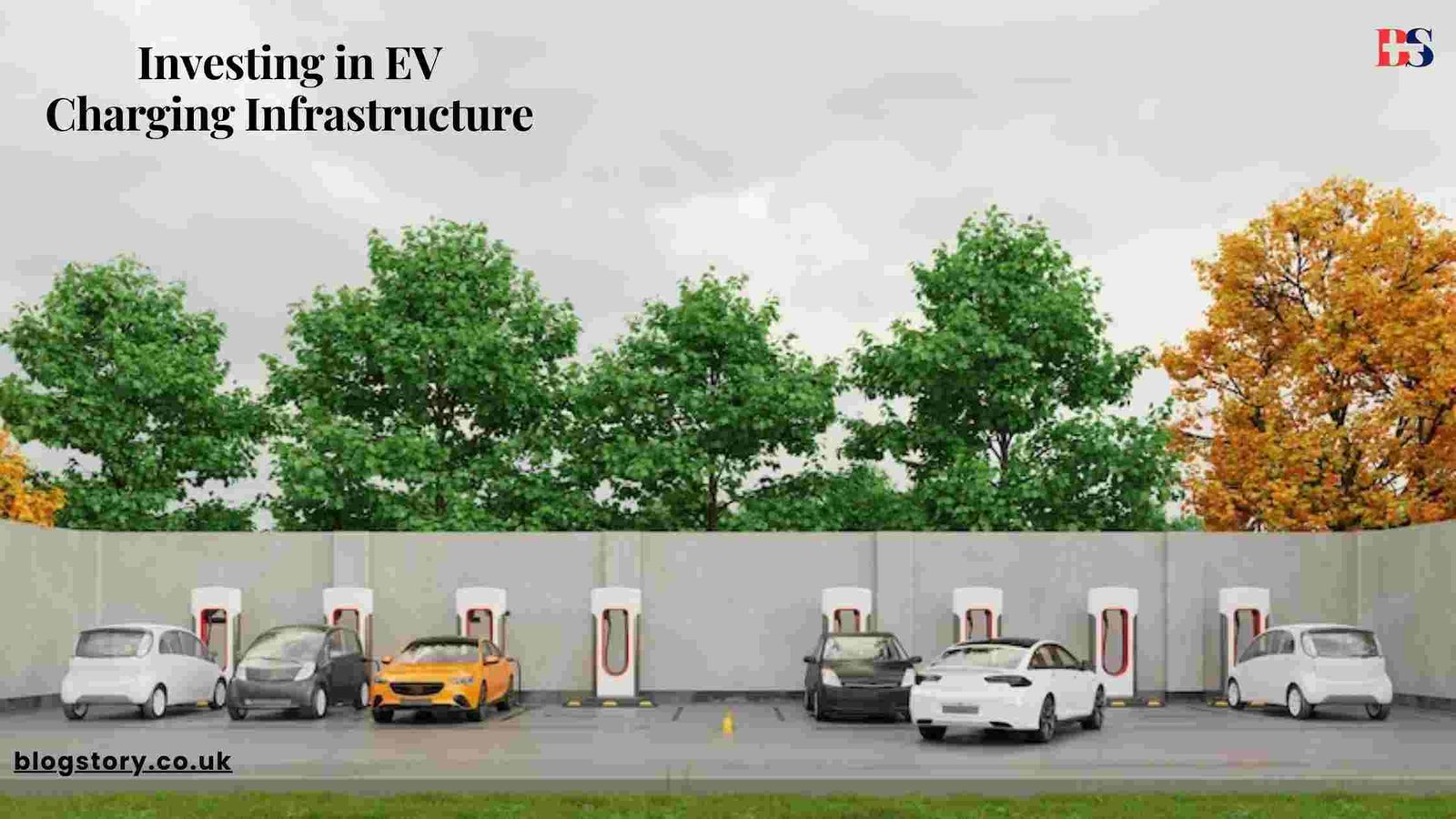
Investing in EV Charging Infrastructure: What Cities Need to Know
As cities around the world grapple with increasing air pollution and the impacts of climate change, electric vehicles (EVs) offer a compelling solution. However, the widespread adoption of EVs is closely tied to the availability and convenience of charging infrastructure. Local governments have a vital role to play in this transition, and here’s what cities need to know about investing in EV charging infrastructure.
Why the Need for Public Infrastructure?
Although home charging is convenient for many EV owners, not everyone has the luxury of a private garage. Apartment dwellers, tourists, and even homeowners with multiple vehicles may find it difficult to charge their cars without access to public infrastructure. Public EV charging stations not only help these users but also signal a city’s commitment to sustainable transportation.
Location, Location, Location
Installing EV charging stations at strategic locations can maximize their usage and benefits. High-traffic areas such as city centers, malls, and transport hubs are obvious choices but don’t overlook places like parks and recreational areas where people might be willing to leave their cars for a longer charge.
Financial Models
Cities have various options when it comes to financing public charging stations. While public funds can be allocated for this purpose, public-private partnerships can also be effective. Grants and subsidies are another avenue to explore. It’s also worth considering revenue-generating models, such as fee-based charging systems or advertising-supported stations.
Regulatory Landscape
Municipal governments should familiarize themselves with both national and local regulations regarding the installation and operation of EV charging stations. This includes building codes, electrical codes, and accessibility requirements. Local utilities may also have regulations about drawing power from the grid for public use.
Standardization and Interoperability
Standardization ensures that EV charging infrastructure can be used by a variety of EV models. While many EVs use a standard plug, some manufacturers have proprietary systems. Interoperability among different types of charging stations can make it easier for users and can attract more people to use these facilities.
Integration with Other Services
Modern EV charging stations are more than just plug-in points. They can be integrated with smart city technologies to offer services such as real-time availability information through mobile apps. Some stations also offer amenities like Wi-Fi, cafes, or even small retail stores.
Community Engagement
It’s crucial to involve the community in decisions about where to place charging stations, how they will be financed, and what additional services should be included. Community meetings, online surveys, and partnerships with local organizations can all contribute to a more successful and accepted deployment.
Long-term Planning
The installation of EV charging infrastructure should not be a one-time event but part of a long-term sustainable transportation plan. Cities should consider future growth and evolving technologies when planning their charging infrastructure.
The Road Ahead
Investing in EV charging infrastructure is an important step for any city aiming to promote sustainable transportation, improve air quality, and reduce greenhouse gas emissions. With thoughtful planning, strategic partnerships, and community involvement, cities can lay the foundation for a cleaner, greener future.
By taking these factors into account, municipal leaders can make informed decisions that not only benefit current EV owners but also encourage more residents to consider making the switch to electric vehicles.
So, are you ready to be part of the change? Engage with your local government and advocate for smarter, cleaner, and more efficient transportation solutions. Your city’s future may just depend on it.
Read Also:













6 thoughts on “Investing in EV Charging Infrastructure: What Cities Need to Know”